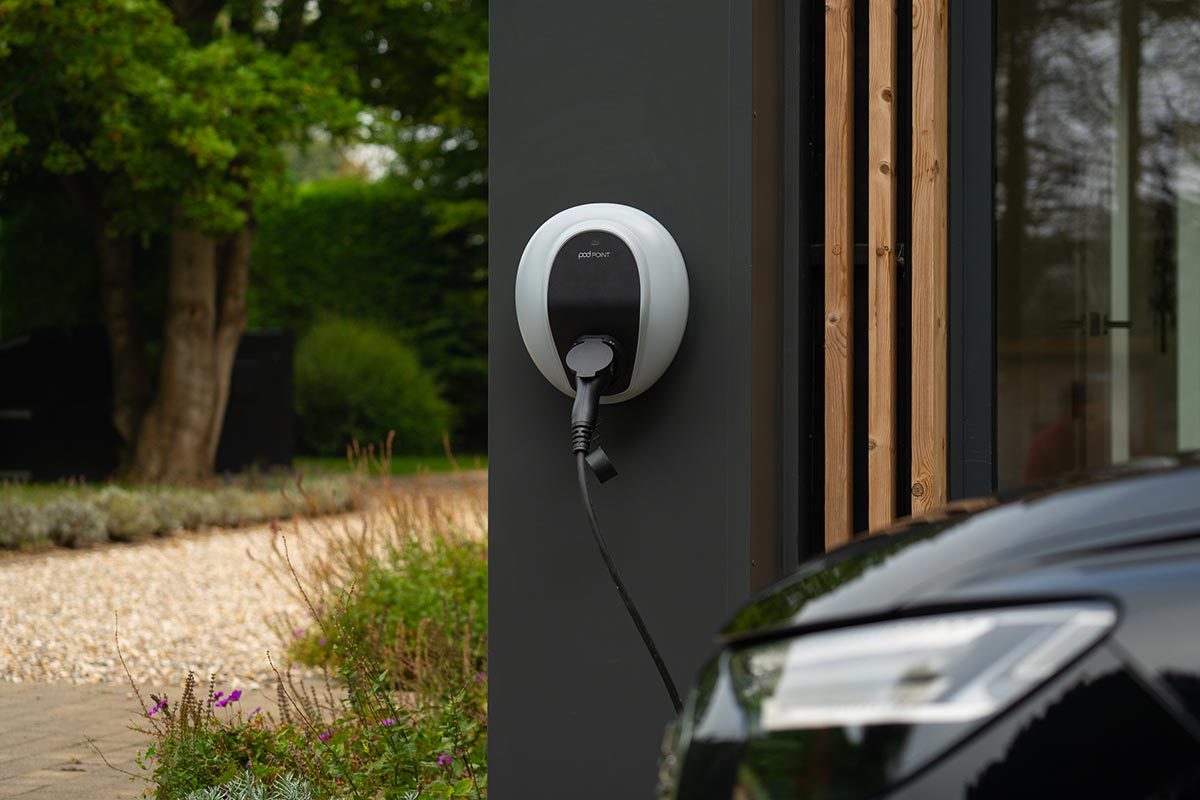As electric vehicles (EVs) grow from an emerging trend to one of increased prevalence, home charging becomes a crucial consideration when switching from internal combustion engines (ICE). 80% of all EV charging is done at home—almost always overnight or while a car is parked during the workday—and government subsidies can help facilitate the shift. The UK’s Office for Zero Emission Vehicles (OZEV) is supporting the move by offering an EV ChargePoint grant, which covers 75% of the cost of installing home charging. In Australia, 7,500 subsidies of up to AUS$2,000 (US$1,346) will be available to households, with new or existing plug-in EVs, that invest in smart charging solutions at home. Austria, Belgium, Finland, France, Germany, Greece, Ireland, Italy, Luxemburg, the Netherlands, Spain, and Sweden are offering tax incentives or discounts for residents to install residential EV charging.
Having resiliency through multiple sources of power has become a necessity—whether that power comes from solar, battery, or a two-way charging vehicle as a mobile generator. “Upgrading a singular home to include multiple streams of electricity, ensuring all wiring and sizing can successfully take on multiple loads, is the expense most homeowners do not consider when purchasing an EV,” says Brad Wills, Director of Strategic Customers & Programs at Schneider Electric.

Subscribe to Automotive World to continue reading
Sign up now and gain unlimited access to our news, analysis, data, and research
Already a member?
